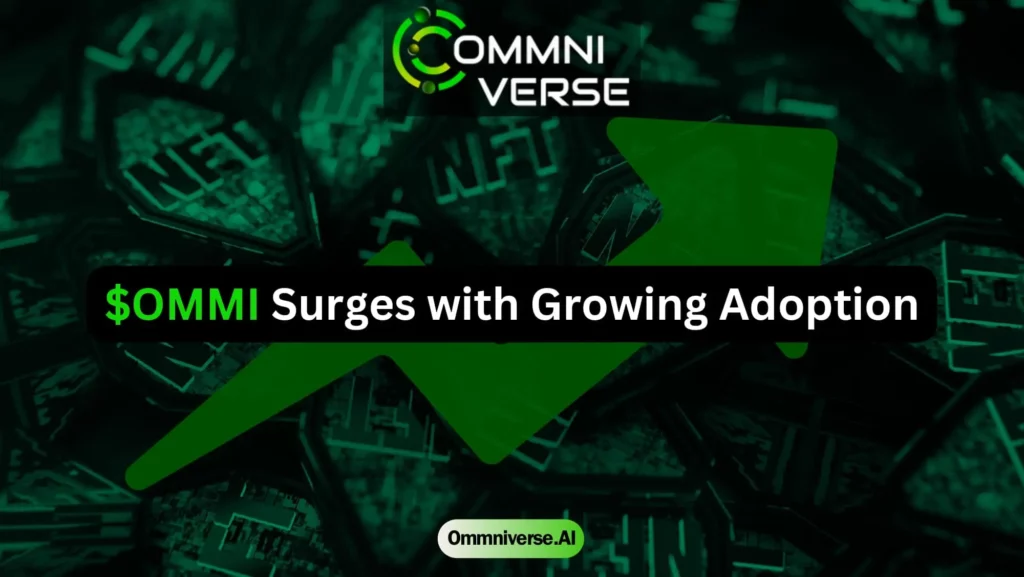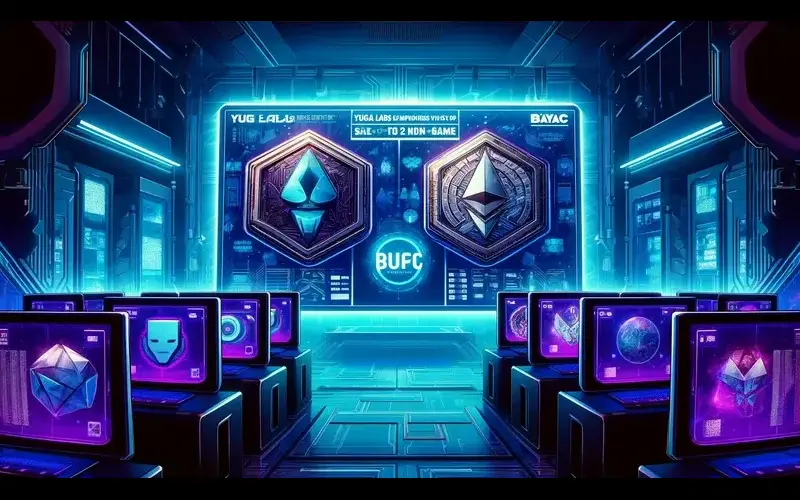With Ethereum token specifications often changing, the introduction of DN-404 is a big step forward in the pursuit of efficiency and creativity. The original excitement surrounding ERC-404 has gradually subsided due to real-world difficulties. With promises of enhanced capabilities and smooth integration, DN-404 takes the scene. Let’s examine the nuances of this new token standard and how it affects the ecosystem of decentralized finance (DeFi).

DN-404: An Evolutionary Leap in Tokenization
Following the fervor generated by the launch of ERC-404, developers recognized the need for a more robust and efficient token standard. Enter DN-404, a brainchild born from the collective efforts of Ethereum developers determined to address the shortcomings of its predecessor.
At its core, DN-404 aims to redefine the concept of non-fungible tokens (NFTs) by introducing native fractionalization capabilities. This revolutionary approach enables users to seamlessly trade fractionalized portions of NFTs without the need for intermediaries. It unlocks new possibilities for liquidity and accessibility in the digital asset space.
Key Features and Innovations
One of the defining features of DN-404 is its utilization of two distinct contracts: a “base” ERC-20 token and a “mirror” ERC-721 contract. This dual-contract architecture facilitates the seamless exchange of tokenized assets while ensuring compliance with existing protocols.
Central to DN-404’s functionality is its emphasis on immediate trading on both NFT exchanges and decentralized exchanges (DEXs) such as Uniswap. Users gain unprecedented flexibility in managing their digital assets by leveraging the base ERC-20 token as fractions of NFTs. This paves the way for a more inclusive and accessible DeFi ecosystem.
Moreover, DN-404 addresses concerns surrounding transaction fees and network congestion by offering a more efficient and streamlined tokenization process. Through optimized code architecture and enhanced scalability, DN-404 aims to mitigate the challenges posed by escalating gas fees and network congestion, thereby ensuring a seamless user experience for traders and investors alike.
Implications for the DeFi Ecosystem
The launch of DN-404 heralds a new era of innovation and collaboration within the DeFi ecosystem. By providing a standardized framework for tokenization, DN-404 empowers developers to create dynamic and interoperable financial instruments. This fuels the growth of decentralized finance on the Ethereum blockchain.
Furthermore, DN-404’s emphasis on native fractionalization has the potential to democratize access to NFTs, opening doors for a broader audience of investors and collectors to participate in the burgeoning digital asset market. This democratization of access not only enhances liquidity but also fosters greater diversity and inclusivity within the DeFi landscape.
Challenges and Considerations
Despite its transformative potential, DN-404 faces inherent challenges and considerations on its path to widespread adoption. Chief among these challenges is the need for comprehensive security audits to ensure the integrity and robustness of the protocol.
Additionally, regulatory scrutiny and compliance requirements may pose significant hurdles for projects built on DN-404. Proactive engagement with regulatory authorities and industry stakeholders is necessary to navigate potential legal and compliance challenges.
Looking Ahead: The Future of Token Standards
As DN-404 continues to gain traction within the Ethereum ecosystem, the future of token standards becomes increasingly dynamic. Ongoing innovation and collaboration drive the evolution of DeFi protocols, setting the stage for a new era of tokenization marked by transparency, accessibility, and interoperability.
In conclusion, DN-404 reflects the resilience and ingenuity of the Ethereum community, showcasing the transformative potential of decentralized finance. As we navigate this journey of exploration and innovation, let’s embrace the opportunities and challenges ahead, forging a path toward a more inclusive and equitable financial future.
Disclaimer
FAQ
NFTs are unique digital assets stored on blockchains, representing various digital items.
To create a unique NFT, you mint it by uploading a digital file to a blockchain platform.
NFTs can be a good investment for collectors, but research and understanding risks are essential.


